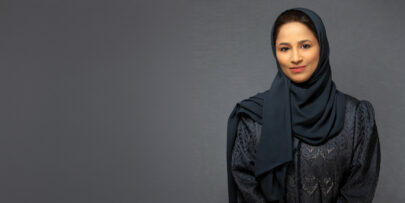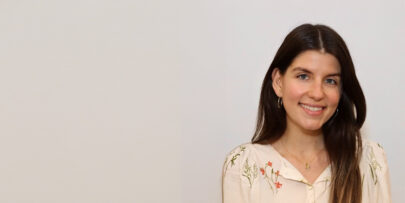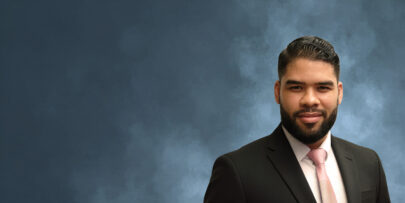
With the world facing crises on multiple fronts, from climate change and widening wealth inequality to rising levels of employee burnout and job dissatisfaction, it’s become clear that traditional leadership models solely focused on performance and profit are no longer viable.
Closer scrutiny by investors and tougher regulation on climate-related disclosures is also putting pressure on businesses to change the way they operate, while employees and customers are becoming increasingly vocal about what they expect from the companies they work for and buy from.
Despite this, many organizations are still struggling to fully embrace a model where they prioritize multiple stakeholders, said Julia Binder, Professor of Sustainable Innovation and Business Transformation, during a Leading with Impact workshop at the Responsible Leadership Conference in Munich.
This is because many leaders are still judged by external markers of success, such as profit, performance, and power. Instead, it’s time for leaders to embrace a new style of sustainable leadership – one that is purpose-driven, prioritizes systems thinking, includes multiple stakeholders, and thrives in the realm of complexity where solutions are not confined to black-and-white answers, said Binder.
The search for meaning in work
The participants at the workshop – a mix of German blue chips, family-owned businesses, and startups – were invited to reflect on how they can incorporate more meaning and personal values into their own, and importantly, their employees’ roles.
“Purpose is not a ‘Eureka’ moment, a single calling, or even static,” said Binder. “Rather it’s something that emerges via process and craft, is dynamic and evolving, and may come from multiple sources.”
Your purpose can often be found at the sweet spot of your passion, mission, vocation, and profession. It’s about finding a balance between what you love and are good at, what the world needs, and what you can be paid for, she added.
One technique leaders can engage in to find purpose and meaning in their roles is ‘job crafting.’ This can be broken down into ‘task crafting’, where you add a meaningful component to your usual work activities, ‘cognitive crafting’, where you reframe how you look at certain situations, and ‘relationship crafting’, where you find ways to engage with people at your workplace.
A shift to systems thinking
Another leadership challenge today is our overreliance on linear, analytical thinking. We have been taught to break down complex problems into small parts. However, the challenges facing the world today are so systemic that they require a shift to ‘systems thinking’, where you focus on connections, patterns, and interrelationships, said Binder.
A helpful technique is the ‘Iceberg model’ which requires observing an event or behavior and delving below the surface to see the bigger picture and understand how the system works. She cited the example of plastic waste washing up on beaches. If you just observe this event, the solution might be to organize a beach clean-up day but that doesn’t stop more waste washing up the following day. By using systems thinking, you can understand that the structural force behind the plastic waste polluting our oceans is our reliance on single-use plastics, which is underpinned by consumers’ desire for convenience.
In this example, rather than waiting for consumers to change their behavior, the biggest lever we have is to shift to a circular economy system, where we eliminate waste and design for reuse, repair, remanufacturing, and recycling.
Engaging with multiple stakeholders
The new leadership model also requires leaders to change the way they engage with employees, NGOs, and activists, and even competitors, said Binder. Mondelez, Nestlé, and Pepsi all faced pressure from their European employees over decisions to keep operating in Russia following the invasion of Ukraine. This raises new questions about how you engage with staff who think you are not doing enough.
Afraid of being accused of ‘greenwashing’, some companies prefer not to speak openly about their sustainability efforts. Known as ‘greenhushing’, this can be just as harmful and lead organizations open to attacks from activists, said Binder.
Firms must also think about how they will engage with competitors. It’s clear that collaboration will be essential, however, companies should think about forming alliances with a neutral third party if they want to win over rivals with their efforts, she said.
Find your area of impact
Lastly, leaders should understand that they can’t take on and tackle all the world’s problems. The most impactful leaders will figure out where they have influence and where they can wield their power most effectively.
One way to do this is for leaders to develop their own ‘personal materiality matrix’ to help identify a societal issue that they care about deeply, and which they can also influence. Otherwise, if you have influence but it doesn’t align with your purpose or personal relevance, you may waste your energy and passion. “Think about your legacy topics,” said Binder. “Where do you have influence and what do you want to leave behind.”



